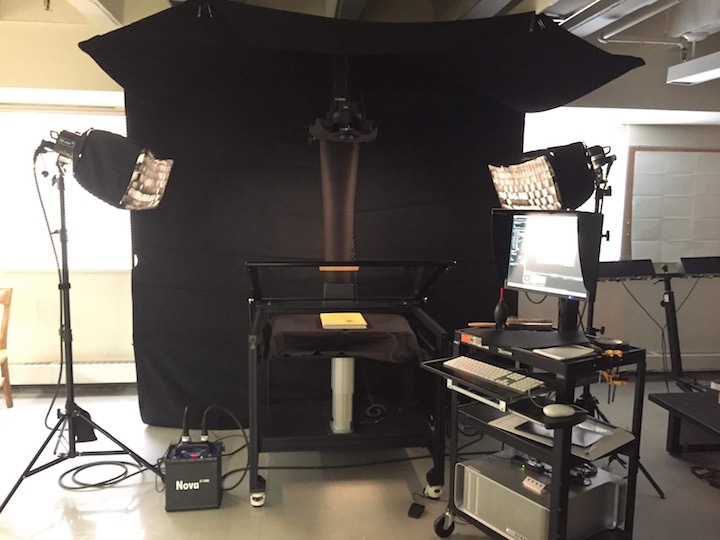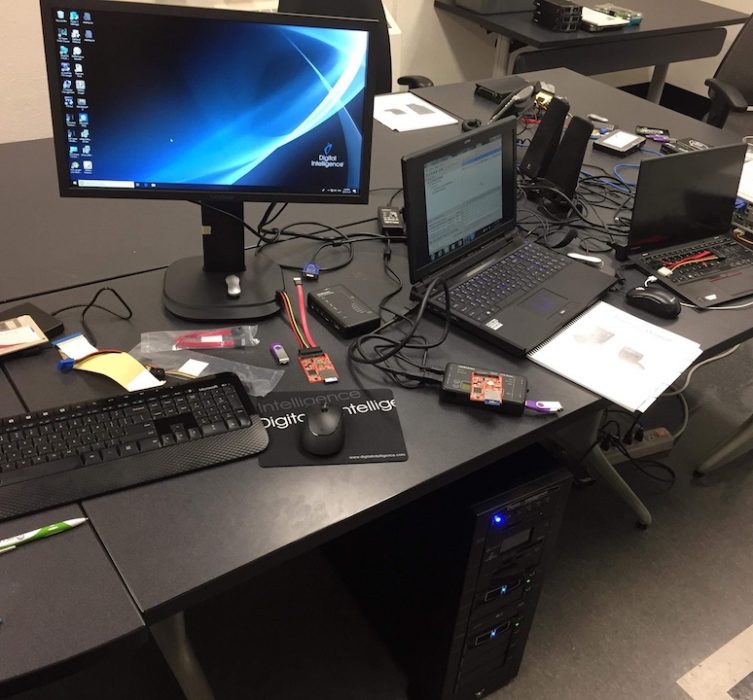
Digital preservation not only supports long-term access to born-digital materials, but also of paper records when these are digitized.
How UM Libraries is rising to the challenges of record-keeping in a digital world
For UM Libraries’ digital strategies team, digital preservation day is every day!
Nov. 29 is World Digital Preservation Day, and it’s a perfect occasion to mark some ongoing initiatives by Libraries’ research services and digital strategies department.
A digital preservation program has been developed over the past few months. It includes: reviewing digital assets currently held within the Libraries; creating policies, procedures and workflows; and testing and acquiring digital preservation software and hardware. The goal is to safeguard the U of M’s digital heritage so it remains discoverable, accessible, and reusable over time.
A sustainable program also involves developing efficient systems and tools to support digital preservation.
Digital Forensics: Have you met FRED?

Equipment used for training in digital forensics.
First FRED to be used for the preservation of digital heritage in province:
Libraries recently acquired a Forensic Recovery of Evidence Device (FRED). The University of Manitoba Libraries’ FRED workstation is one of few in Manitoba and the only full workstation in Winnipeg. The University’s workstation is the first FRED to be used for the preservation of digital heritage in this province, as these workstations are typically used in law enforcement.
Opening or copying a file can alter a record and jeopardize its authenticity; FRED allows devices like flash drives, hard drives, and optical media to be captured without altering the data. FRED also allows for quick identification of high-value content that should be preserved and low-value content (e.g., drafts or copies) that should be deleted. Improving processing techniques will enhance our digital preservation capabilities and provide greater digital access to researchers and the public.
Archivematica: Ready for preservation
Once records are processed and ready for preservation, they are packaged and stored using Archivematica, an open-source digital preservation system which supports best practices for digital preservation.
With Archivematica, one can create preservation and access copies of digital media. It also creates metadata, descriptive information about the content and about preservation actions applied to the records during processing.
The access copy, or Dissemination Information Package (DIP), is used for research access and can be sent to users when requested. The preservation copy, also known as an Archival Information Package (AIP), is stored for long-term preservation.
WestVault Digital preservation initiative
To ensure preservation copies, or AIPs, are securely stored, Libraries is participating in a digital preservation initiative called WestVault.
WestVault is a preservation storage network built using open-source software and standards. It is hosted and supported by the Council of Prairie and Pacific University Libraries (COPPUL) and owned and operated by the COPPUL member community.
It safeguards against any possible local data loss, intentional or unintentional, by distributing digital assets across all four Western provinces. Built on a LOCKSS (Lots of Copies Keeps Stuff Safe) software/network architecture to provide a high-redundancy, independently-administered peer storage network, WestVault also monitors content health, automatically repairs damage and recovers content after data loss events.
Why are we doing this work?
Digital preservation is a growing challenge.
Increasingly, information and knowledge are created and accessed in a digital environment. While the preservation of paper records is a relatively passive process informed by established and fixed practices, electronic records require much more active preservation efforts.
Digital preservation is fluid and consequently, requires a more dynamic approach to ensure the records survive beyond their relatively short lifespan, ranging from 5-15 years.
In addition to continuous technological changes, “born-digital” records are susceptible to file degradation and corruption. Software and hardware required to read and access these files may be obsolete, rendering the material inaccessible.
In response, the research services and digital strategies department is working to ensure viable long-term solutions and enduring access to stable and sustainable digital formats throughout the various stages of the records’ lifecycle, so that these materials may remain accessible to the University of Manitoba community and other researchers over the long-term.
Learn more about work in digital preservation at the new digital strategies webpage.






